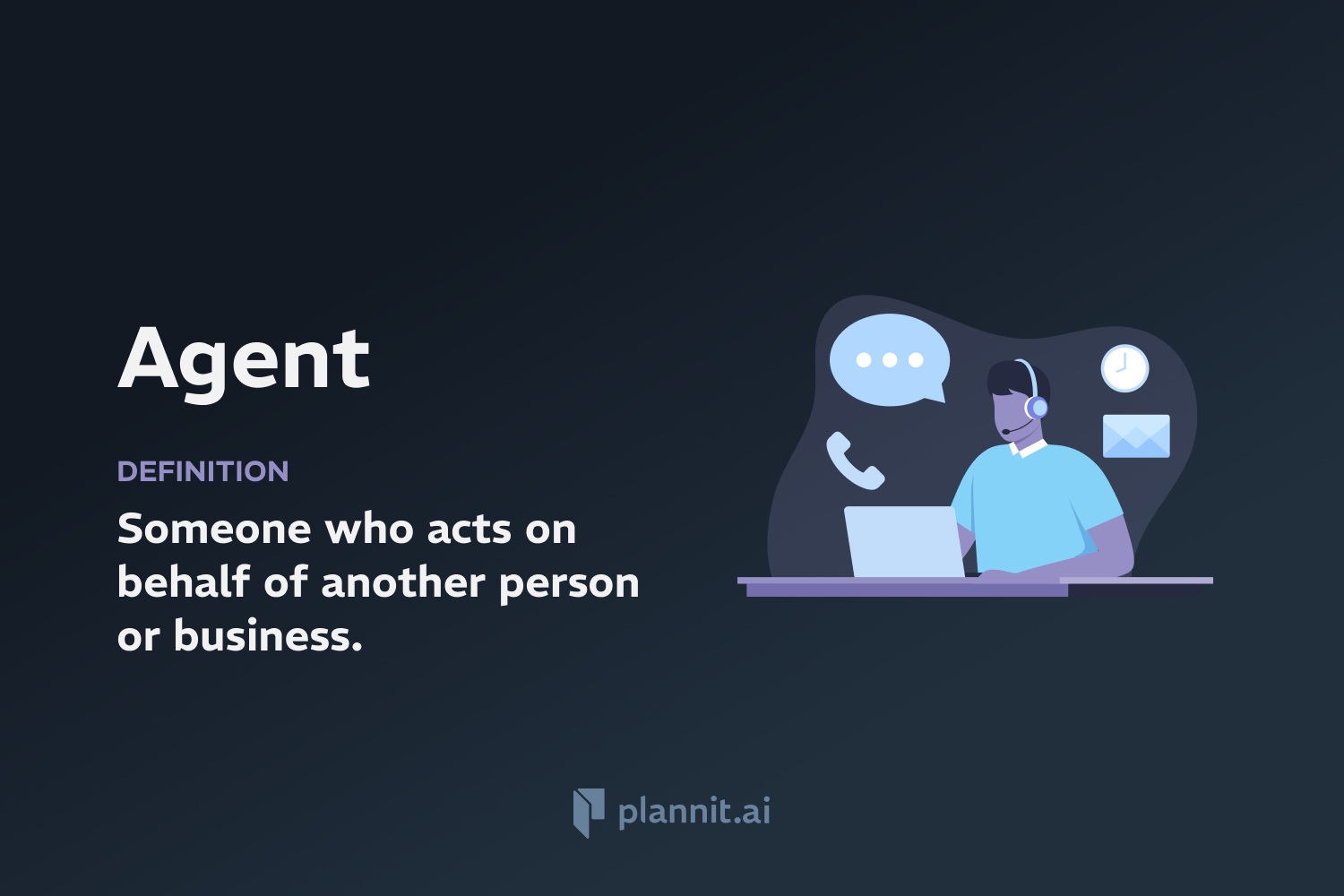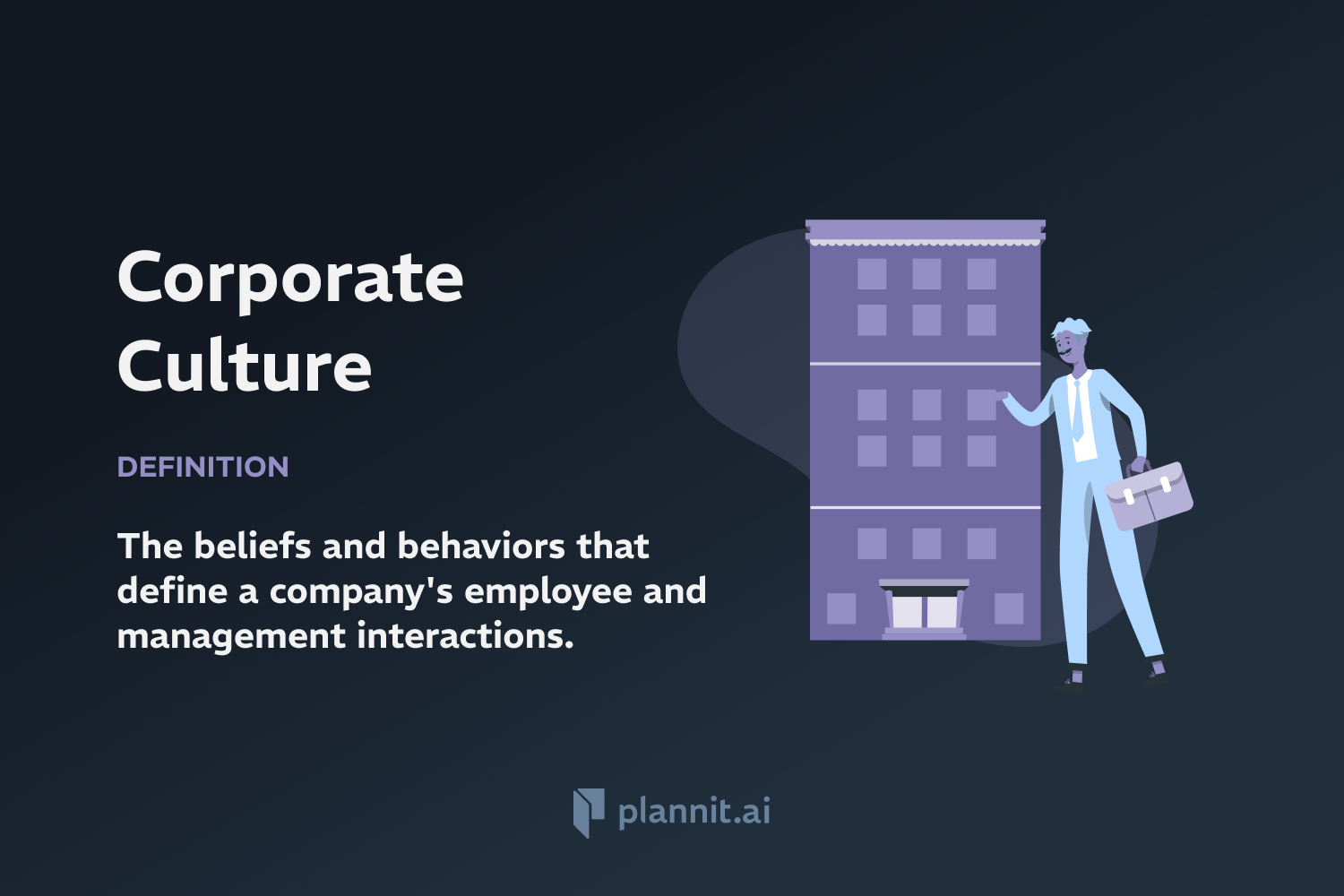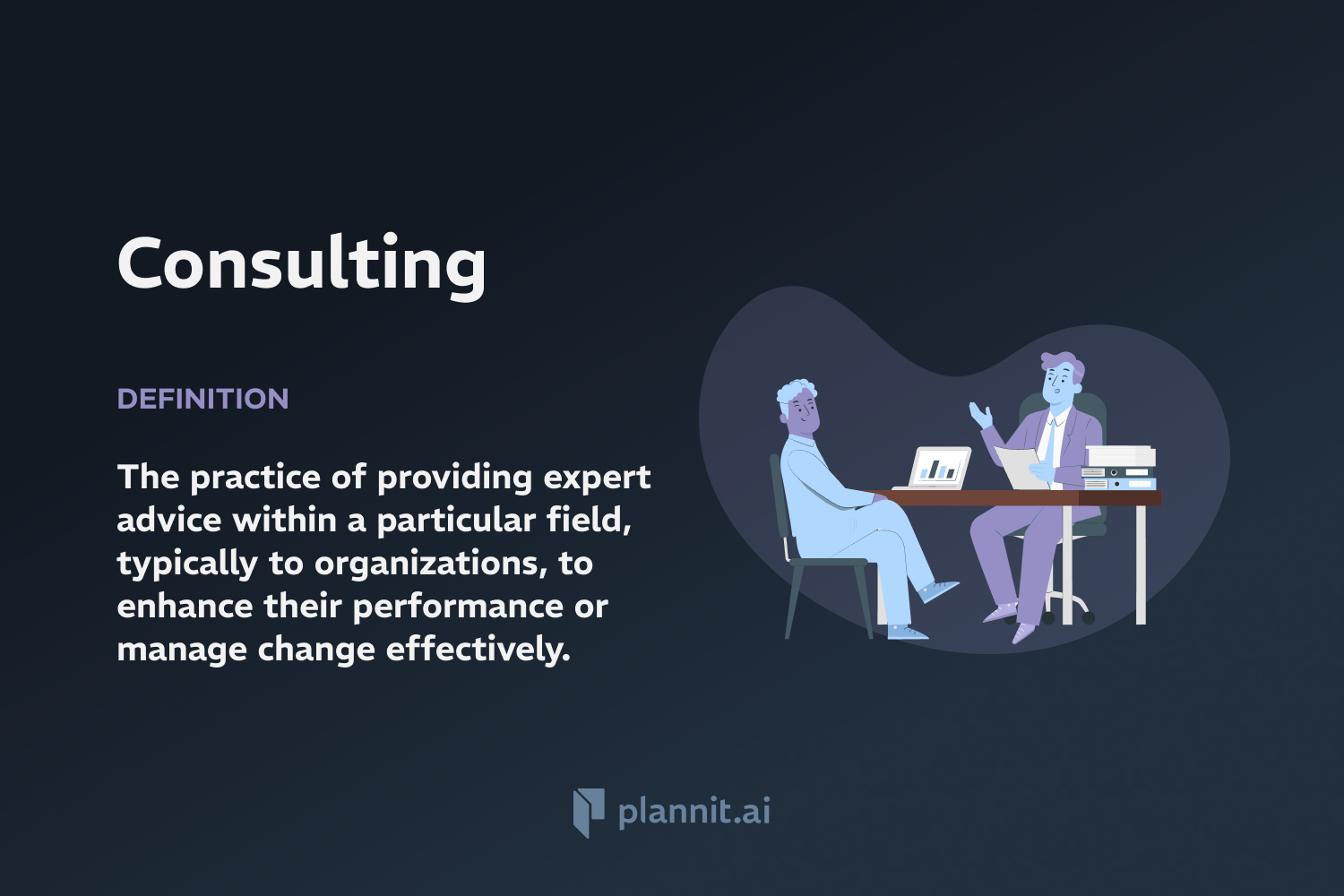Need Help With Your Business Plan?
Answer tailored questions and get a detailed business plan in minutes.
Strategy: Definition & In-Depth Explanation
Definition:
Strategy refers to a high-level plan or a set of integrated actions aimed at achieving long-term goals and securing a competitive position in the market. It involves setting goals, determining actions to achieve the goals, and mobilizing resources to execute the actions.
Context of Use:
Strategy is a fundamental concept used in business, military, and any organizational planning to effectively allocate resources and navigate complex environments towards achieving set objectives. It is critical in helping organizations position themselves advantageously in their field or market.
Purpose:
The primary purpose of strategy is to ensure that an organization or individual can effectively respond to challenges and opportunities in a way that achieves specific goals. It provides a framework for making decisions that align with desired outcomes over the long term.
Example:
Business Strategy: A company might develop a strategy that focuses on innovation, customer engagement, and market expansion to outperform competitors and achieve sustained growth.
Military Strategy: A planned series of actions and deployments of resources designed to achieve victory in war or a series of conflicts.
Related Terms:
Tactical Planning: Short-term, actionable plans that are derived from a broader strategic plan.
Strategic Management: The ongoing planning, monitoring, analysis, and assessment needed to meet an organization's goals and objectives.
Competitive Advantage: The attribute that allows an organization to outperform its competitors.
FAQs:
1. How is a strategy developed?
A: Strategy development involves analyzing the current situation, defining goals, identifying necessary resources, and creating a roadmap of activities designed to reach those goals. It often includes assessing internal and external factors through tools like SWOT (Strengths, Weaknesses, Opportunities, Threats) analysis.
2. What are the key components of a successful strategy?
A: Key components include clear objectives, understanding of the competitive environment, effective resource allocation, and a realistic plan of action that can adapt to changes and challenges.
3. How does strategy differ from tactics?
A: Strategy is the overall plan to achieve broad goals, while tactics are the specific actions or steps taken to accomplish parts of the strategy. Strategy sets the direction; tactics implement the strategy.
4. Why is strategic flexibility important?
A: Strategic flexibility allows an organization to adapt to changes in the environment, technology, markets, and regulatory landscapes. It is crucial for sustaining competitiveness and relevance.
5. Can strategy be quantified?
A: While strategy itself is a conceptual plan, its effectiveness can be quantified through performance metrics related to goals achieved, market share growth, profitability, and other key business outcomes.
Get funding with a business plan that will impress investors.
Starting a New Business?



